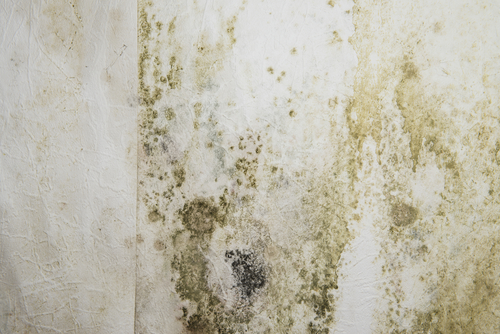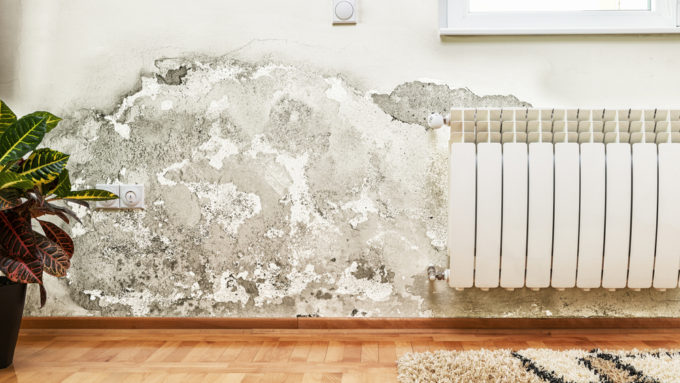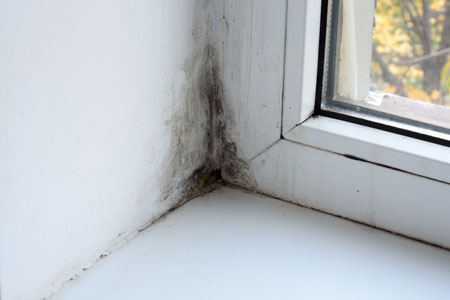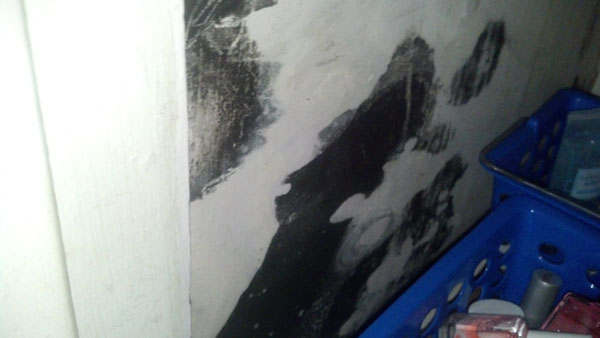Ah, all those moist little hidden nooks and crannies in your home–mold loves those areas! While it is hard to completely eliminate mold growth and mold spores in your home, knowing mold’s favorite hiding places can help you wage your battle and act proactively. Mold often can’t be seen but you will usually be able to smell it, particularly if you’ve been away from home for a while and your home has been closed up and airtight.
Moisture And Mold
Where does it hide? As a fungus, mold likes damp, warm locations, and it can survive year round, indoors or out. Mold releases spores into the air, and when they land on a humid spot, the mold grows like gangbusters.
Showers And Baths
Showers and bathtubs are the usual culprits, and any leaky sink or pipe can be a haven for mold, so be sure to look in these moist areas for any mold growth.
Closer To The Outdoors, Farther From Living Spaces
Basements are always a mold breeding ground. Be sure to inspect walls, floors, pipe areas and crawlspaces where mold loves to hide.
Also be sure to look around windows, not just in your basement, but in your entire home. Moisture condenses around windows, and mold can easily grow in the crevices and on windowsills.
Attic spaces are another breeding ground for mold.
Look around hot water heaters, piping and exposed insulation for mold.
Mold In The Laundry?
You probably think of your washing machine as a clean machine, but think again. Mold can easily grow inside. Leave the washer door open to dry out, or run a bleach cycle or washing machine cleaner through a cycle to prevent and/or eliminate mold.
Not The Fridge!
Refrigerators are another mold magnet. Look on the gaskets, drip pans and water dispenser for mold, particularly if you have a refrigerator in a non-climate controlled area like a garage or outdoor space.
Carpet
Carpeting can also be a breeding ground for mold, particularly carpet in wet areas like bathrooms, mud rooms or outdoor sun rooms where there is more moisture. Mold can easily grow underneath a carpet or even the carpet pad. If you have allergies, think about non-carpet flooring for these wet areas and even for your bedroom.
In The Walls
Mold can easily hid on drywall, particularly on the backside of drywall that is facing a wet area or exterior exposed wall. Likewise, mold can get behind paneling or wallpaper in wet rooms, and can even form on inside walls and wood framing where condensation is a problem. Mold can particularly get inside ductwork very easily and spread throughout your entire home.
You can sometimes see mold, but when you can’t, you can smell it – it’s that musty odor that gives you the first clue. If you suspect mold, give a professional a call. A professional test is the only way to determine the exact mold you have. Then, we will help you get rid of it.




